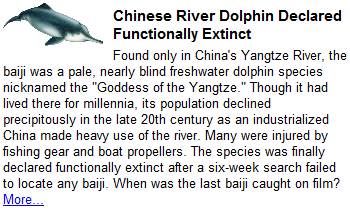 |
| Hot commodity |
Guwahati, March 17: Defence forces will soon use grenades of bhoot jolokia (the hottest chilli in the world) to disperse rioters.
Its research, development and trial complete, the chilli grenade has been handed over to the defence forces, R.B. Srivastava, the director of the life science department of the Delhi-based Defence Research & Development Organisation (DRDO), said today.
"Demands for these grenades will be placed by various forces as per requirement," he said over phone from Tezpur.
The scientist, a former director of the Defence Research Laboratory in Tezpur who is based in Delhi at present, is at the garrison town to attend a conference at the DRL, which is a unit of the DRDO. It was under him that research on bhoot jolokia grenades had started at the laboratory. The Telegraph had first reported about the unique grenades when the research had started at the DRL.
DRL scientists said non-lethal grenade could be used by security forces to disperse unruly protesters and rioters and would be very handy in the fight against insurgency.
"We are sure that very soon there will be a global demand for these unique grenades. Non-lethal weapons like the chilli grenades would be very handy in low-intensity wars," Srivastava said. The DRDO is working on several projects to help troops in low intensity wars, mainly in the militant-infested Jammu and Kashmir and the Northeast, he added.
Not only in grenades, the bhoot jolokia, which is found in Assam and Nagaland, can also be used as a food supplement for soldiers deployed in cold weather conditions to raise body temperatures, DRL scientists said.
The bhoot jolokia generates about 1,000,000 heat units on the Scoville scale, which is at least a thousand times hotter than a common kitchen chilli. The Scoville scale was named after American scientist Wilbur Scoville, the first to measure the heat component in chillies.
Speaking at the conference later, DRL director Lokendra Singh said the laboratory had initiated several steps for defence against "agro-bio terrorism" to provide physical and scientific security to the rich flora and fauna of the northeastern region.
Lt Gen. Gyan Bhushan, the GOC of 4 Corps, complimented DRL scientists for their yeoman service. He said there are two important aspects of the armed forces — the army marches on its belly and it must always remain medically fit — and the DRL projects have taken care of both.
He said the DRL has carried out many innovations keeping in view the logistics problems faced by the armed forces while serving in the remote, hilly and inhospitable areas of the region. Green vegetables are being raised and harvested in the five green houses set up in Arunachal Pradesh with the assistance of the DRL, he added.
Fresh commodities are necessary for physical fitness and mental ability of the troops but they are in short supply at high altitude stations.
The Telegraph

No comments:
Post a Comment